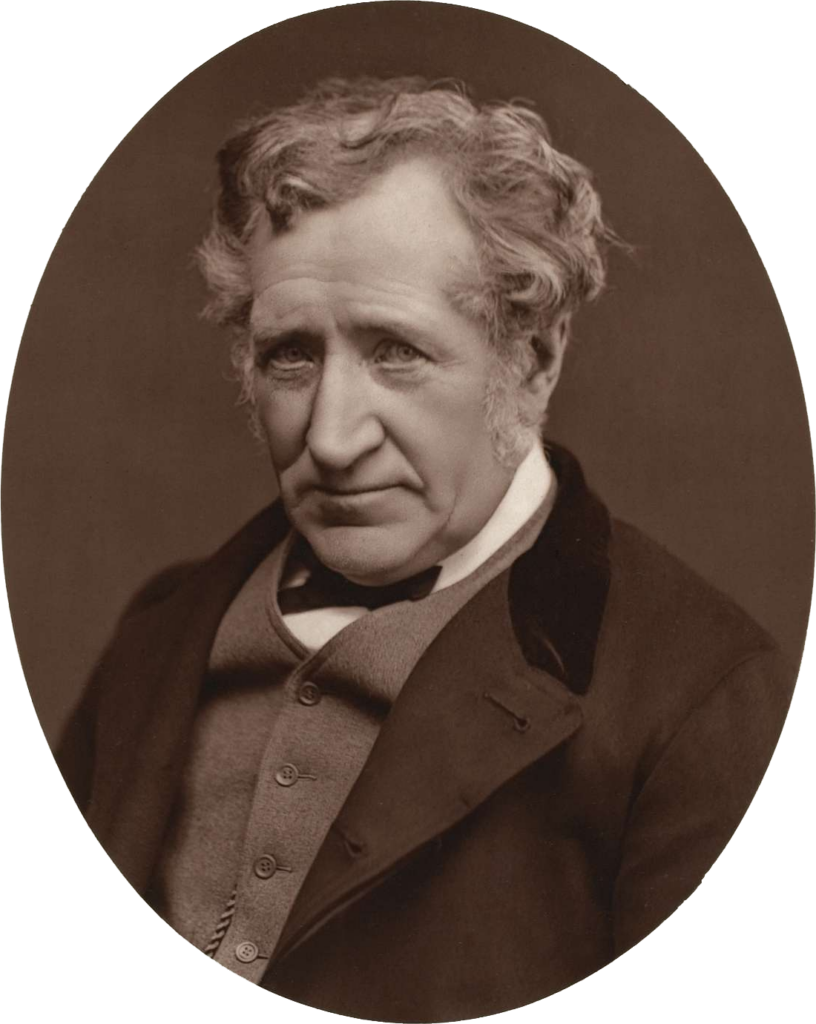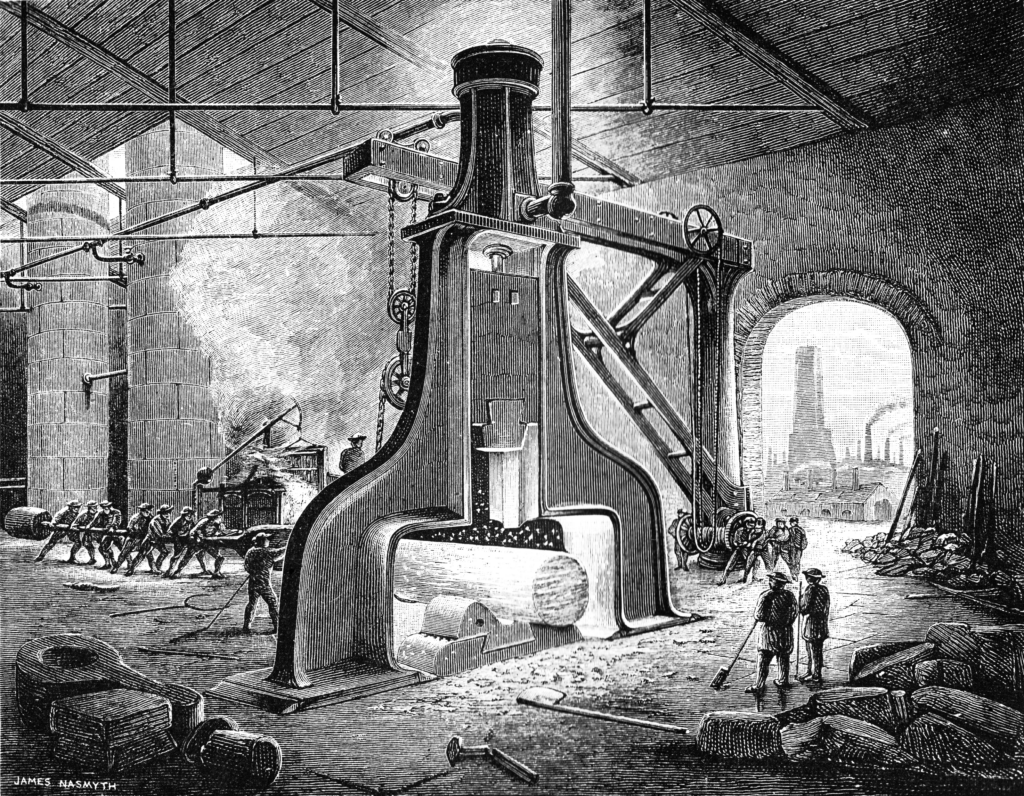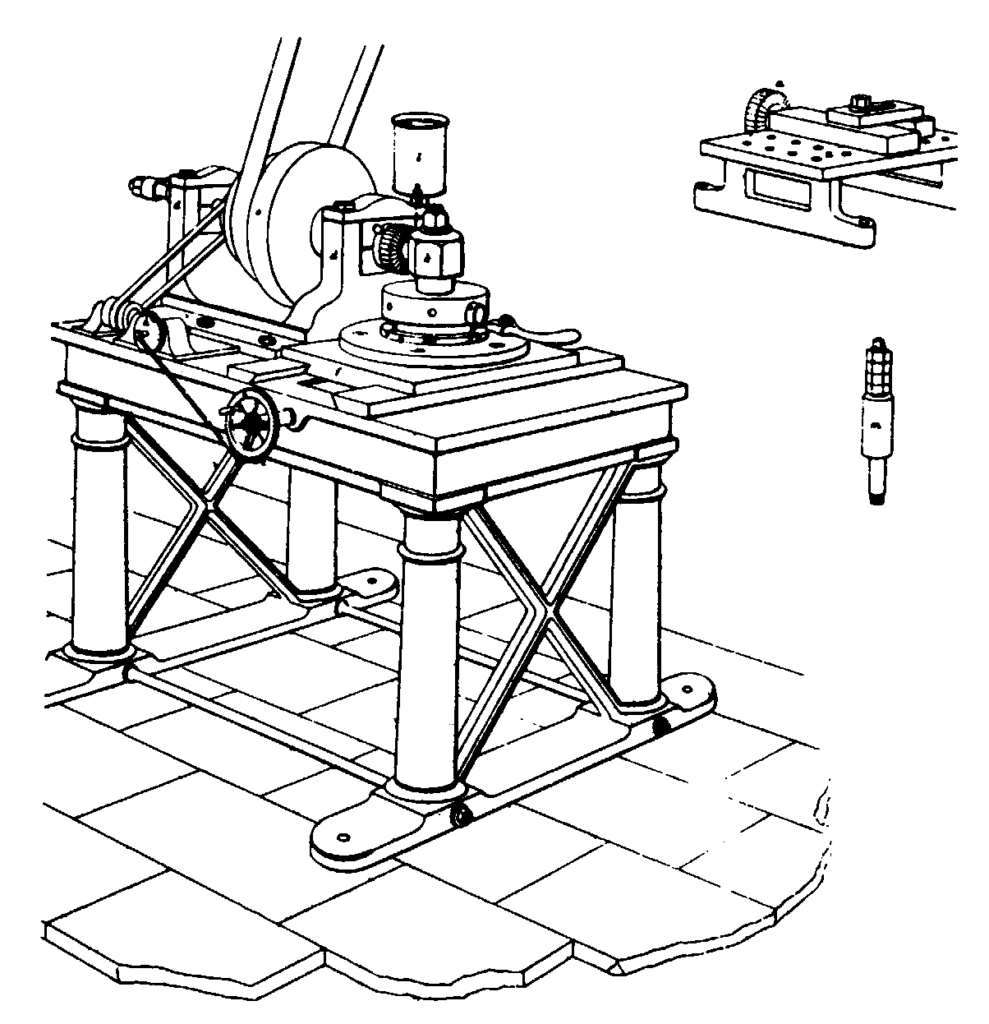The Impact of James Nasmyth on the Iron Foundry
James Nasmyth has a significant impact on the Iron Foundry!
James Nasmyth’s genius and relentless pursuit of innovation catapulted him to the forefront of the Industrial Revolution. This article delves into the life and accomplishments of James Nasmyth while exploring the vital role of the iron foundry in shaping the modern world.
An Early Start With Metal
 Born in Edinburgh, Scotland, in 1808, Nasmyth was the youngest son of a respected artist, Alexander Nasmyth. The senior Nasmyth had many hobbies, including working in his mechanical workshop. This was just as consuming of an endeavor as his painting. James spent much of his spare time helping his father work with a variety of materials.
Born in Edinburgh, Scotland, in 1808, Nasmyth was the youngest son of a respected artist, Alexander Nasmyth. The senior Nasmyth had many hobbies, including working in his mechanical workshop. This was just as consuming of an endeavor as his painting. James spent much of his spare time helping his father work with a variety of materials.He was sent to the Royal High School when he came of age. There he met a student named Jimmy Patterson. Patterson’s father owned a local iron foundry. Soon Nasmyth was spending much of his time at the foundry learning to work with iron, brass, and steel. In 1820 he left the high school, focusing his attention on using his father’s workshop to design and build his first working steam engine.
The Ingenious Engineer
The next year Nasmyth attended the Edinburgh School of Arts (now Heriot-Watt University), where he would spend the next five years. During his time there he honed his skills. By 1828 he had designed and built a full steam carriage, capable of carrying up to eight people.
While at the university Nasmyth heard of the famous inventor Henry Maudslay. He greatly desired to be an apprentice at Maudslay’s workshop, but Nasmyth’s father could not afford it.
Undaunted, the young man determined to show the inventor his skills by drawing out a new design for a steam engine and then building it from scratch. Impressed, Maudslay hired him on as an assistant. Maudslay played a pivotal role in shaping his skills and innovative mindset, setting the stage for his future contributions.
The Steam Hammer
 Nasmyth’s most celebrated invention, the steam hammer, was a game-changer in the iron foundry industry. Prior to its creation, forging large iron components was a laborious and time-consuming process.
Nasmyth’s most celebrated invention, the steam hammer, was a game-changer in the iron foundry industry. Prior to its creation, forging large iron components was a laborious and time-consuming process.Nasmyth’s steam hammer, patented in 1842, transformed this cumbersome task into a swift and efficient operation. This groundbreaking invention greatly increased the production capacity of iron foundries, allowing them to undertake more ambitious projects and cater to a growing demand for iron products.
An Excited Adoption of Technology
The steam hammer represented a monumental leap in ironworking technology. Powered by steam, this behemoth of a machine could deliver powerful and precise blows, molding molten iron into desired shapes with remarkable ease. The versatility of the steam hammer made it indispensable in the manufacture of everything from railway components to cannons.
Iron foundries that adopted Nasmyth’s steam hammer experienced unprecedented growth and productivity. This, in turn, fueled economic development, as iron became a critical material for infrastructure, transportation, and machinery during the 19th century. The steam hammer’s impact on the iron foundry industry was so profound that its influence extended far beyond Nasmyth’s era, shaping the course of industrialization for decades to come.
A Marvel of Precision
 Apart from the steam hammer, James Nasmyth’s legacy includes another invaluable contribution to the iron foundry domain – the Nasmyth screw-cutting lathe. Nasmyth developed this precision tool in 1842, and its significance cannot be overstated. The Nasmyth screw-cutting lathe revolutionized the process of creating standardized screws and threads, a critical element in machinery and engineering.
Apart from the steam hammer, James Nasmyth’s legacy includes another invaluable contribution to the iron foundry domain – the Nasmyth screw-cutting lathe. Nasmyth developed this precision tool in 1842, and its significance cannot be overstated. The Nasmyth screw-cutting lathe revolutionized the process of creating standardized screws and threads, a critical element in machinery and engineering.Before Nasmyth’s innovation, producing screws with uniform threads was a tedious and error-prone task. The Nasmyth screw-cutting lathe automated this process, ensuring uniformity and precision in every screw manufactured. As a result, the assembly of complex machinery became more streamlined, reliable, and cost-effective. The Nasmyth screw-cutting lathe found its way into iron foundries across the globe, further elevating their capacity to produce sophisticated and intricate equipment.
A Shrewd Businessman
James Nasmyth’s brilliance was not limited to engineering alone; he was also a prolific inventor with a keen entrepreneurial spirit. Realizing the commercial potential of his inventions, Nasmyth actively pursued patenting and marketing strategies. He recognized that protecting his intellectual property would not only safeguard his interests but also encourage further investment in research and development.
The patenting of the steam hammer was a shrewd move on Nasmyth’s part. As the demand for iron products surged, so did the demand for his revolutionary invention. Nasmyth’s patented steam hammer became a sought-after product, and iron foundries were keen to acquire this cutting-edge technology to gain a competitive edge in the market. The widespread adoption of Nasmyth’s patented steam hammer solidified his reputation as a trailblazer in the iron foundry industry.
The Impact of James Nasmyth on the Iron Foundry Industry
The innovations of James Nasmyth ushered in a new era for iron foundries. With the steam hammer and screw cutting lathe, iron foundries could produce larger quantities of high-quality iron products in a fraction of the time it previously took. This surge in productivity gave rise to new opportunities in construction, transportation, and industrial development.
As iron foundries flourished, so did the economies of the regions they served. Jobs were created, and skilled labor became a precious commodity. The expansion of iron foundries also stimulated related industries, such as coal mining and steel production, which further fueled the engine of industrialization.
Legacy and Continued Growth
James Nasmyth’s contributions to the iron foundry industry continue to reverberate in the present day. His inventions laid the groundwork for modern engineering practices, influencing generations of innovators who followed in his footsteps. The steam hammer, in particular, remains an iconic symbol of the Industrial Revolution, and Nasmyth’s name is enshrined in the annals of engineering history.
It is this kind of innovation that has pushed us to find better ways to improve our iron foundry. That drive for continuing improvement means that you will get nothing but the highest quality products from our foundry.


